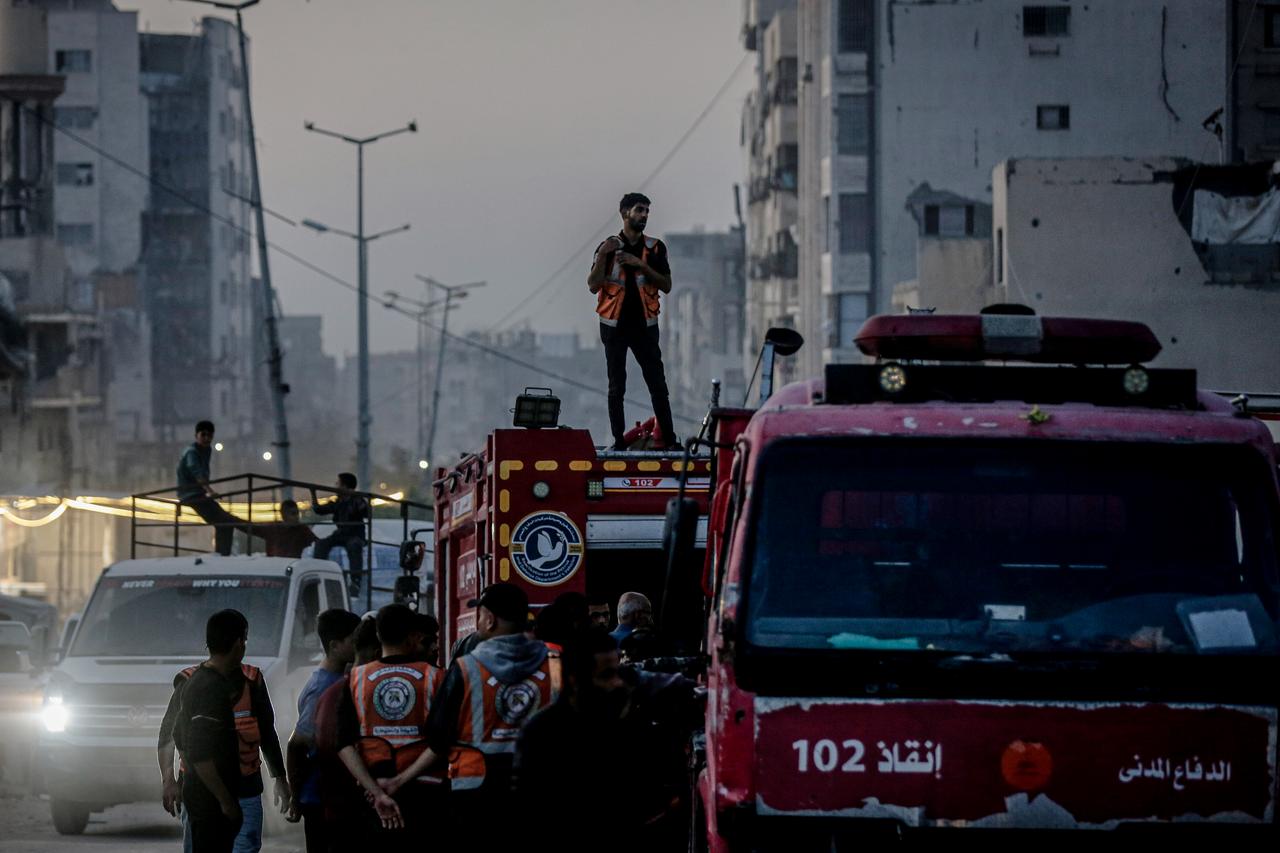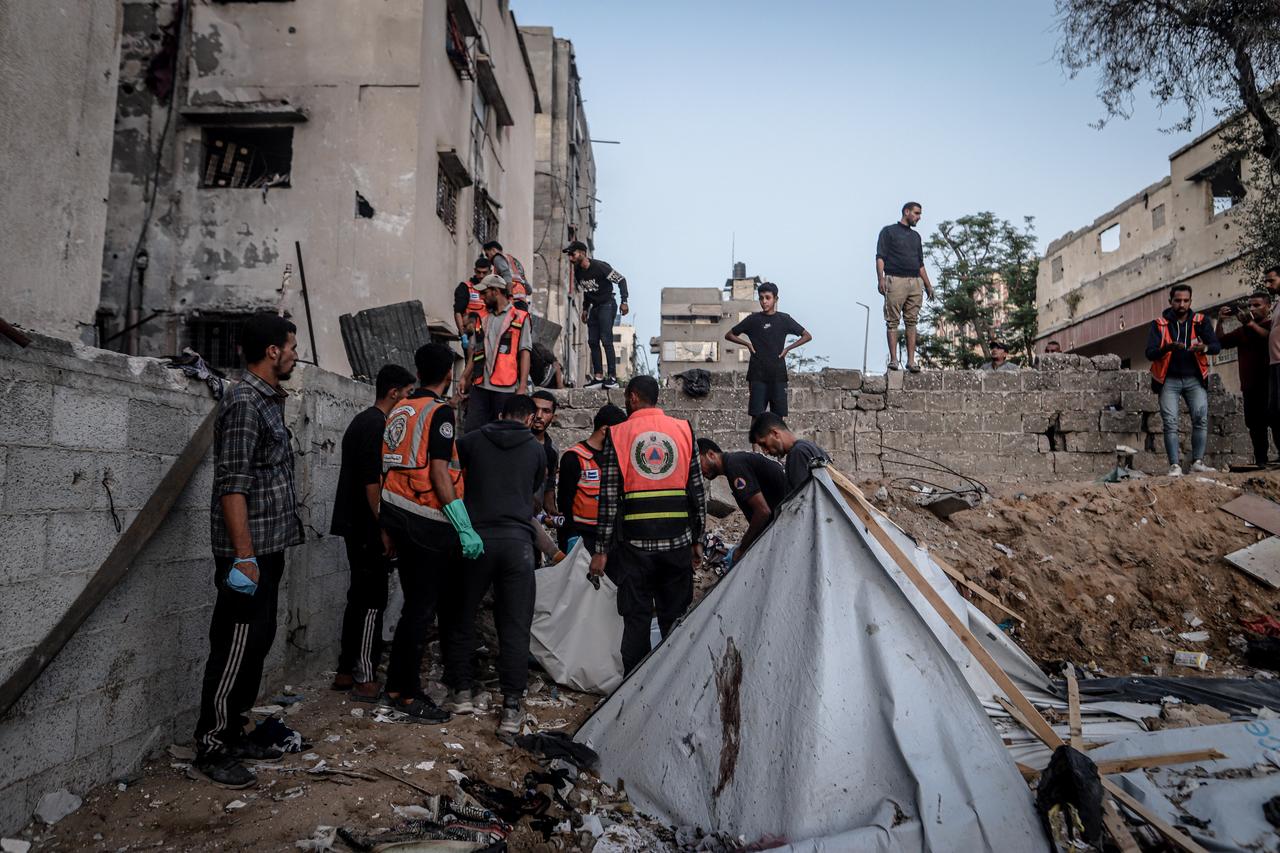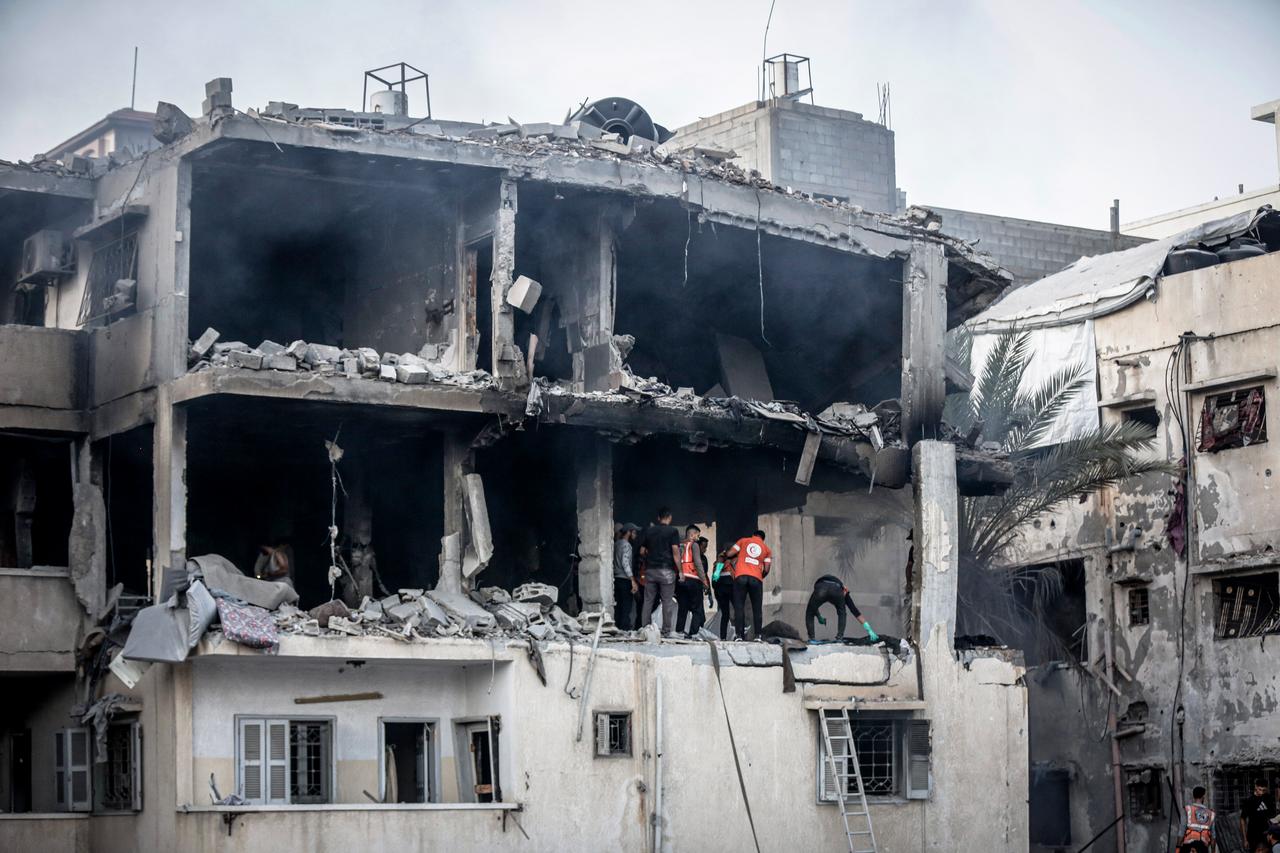
Israel is accelerating efforts to impose new conditions on the ground in the Gaza Strip before an internationally backed stabilization force arrives, according to reporting from Israeli daily Yedioth Ahronoth and additional local sources.
The newspaper said Israel aims to establish a “new reality” in Gaza ahead of the deployment, warning that once international troops are present, responding to violations will become “more sensitive.”
Unlike in Lebanon, Israel may no longer be able to carry out daily airstrikes due to the risk of hitting foreign forces.
Israel “would prefer to apply the Lebanese model in Gaza, but conditions there are more complicated,” the report said.

The paper attributed the difficulty to US pressure, noting Washington wants to move into the second phase of the ceasefire deal.
Israel has resisted, citing Hamas’ failure to return the bodies of three Israeli hostages.
Since the truce took effect on Oct. 10, Hamas has released 20 Israeli captives alive and handed over the remains of 27 people.
Israel says one of the recovered bodies does not match any listed hostages.
Israel has adopted a “firm response policy” to any violations in Gaza to signal that Hamas should not be allowed to rebuild its military capabilities, the paper added.

According to the report, the second phase of the agreement will require easing conditions in Gaza, reopening the Rafah crossing, expanding humanitarian aid, allowing movement in and out of the enclave, and eventually pulling Israeli forces back to a new line once a governing authority capable of managing Gaza is established.
The UN Security Council has approved the formation of an international stabilization force, expected to include troops from Arab and Muslim countries rather than Western states.
Deployment could begin within weeks.
The paper also reported that Israel intensified attacks ahead of the foreign troop arrival. On Saturday, Israeli airstrikes across Gaza killed 24 Palestinians, including women and children, and wounded 87, according to the Gaza government.
Authorities say at least 342 Palestinians have been killed and 875 wounded since the ceasefire took effect.

Since October 2023, Israel’s campaign in Gaza has killed nearly 70,000 people, mostly women and children, and injured more than 170,000 others.
Hamas and other Palestinian groups maintain that they will continue resisting and will not disarm.
Israeli officials have discussed the idea of disarming Hamas, but assessments within the security cabinet reportedly say this cannot occur with Hamas’ consent.
Some Arab countries are hesitant to contribute troops to Gaza due to concerns about direct confrontation with Hamas, according to the report.
Phase one of the ceasefire includes the exchange of Palestinian prisoners for Israeli hostages, as well as plans for Gaza’s reconstruction and the formation of a new governing structure without Hamas.